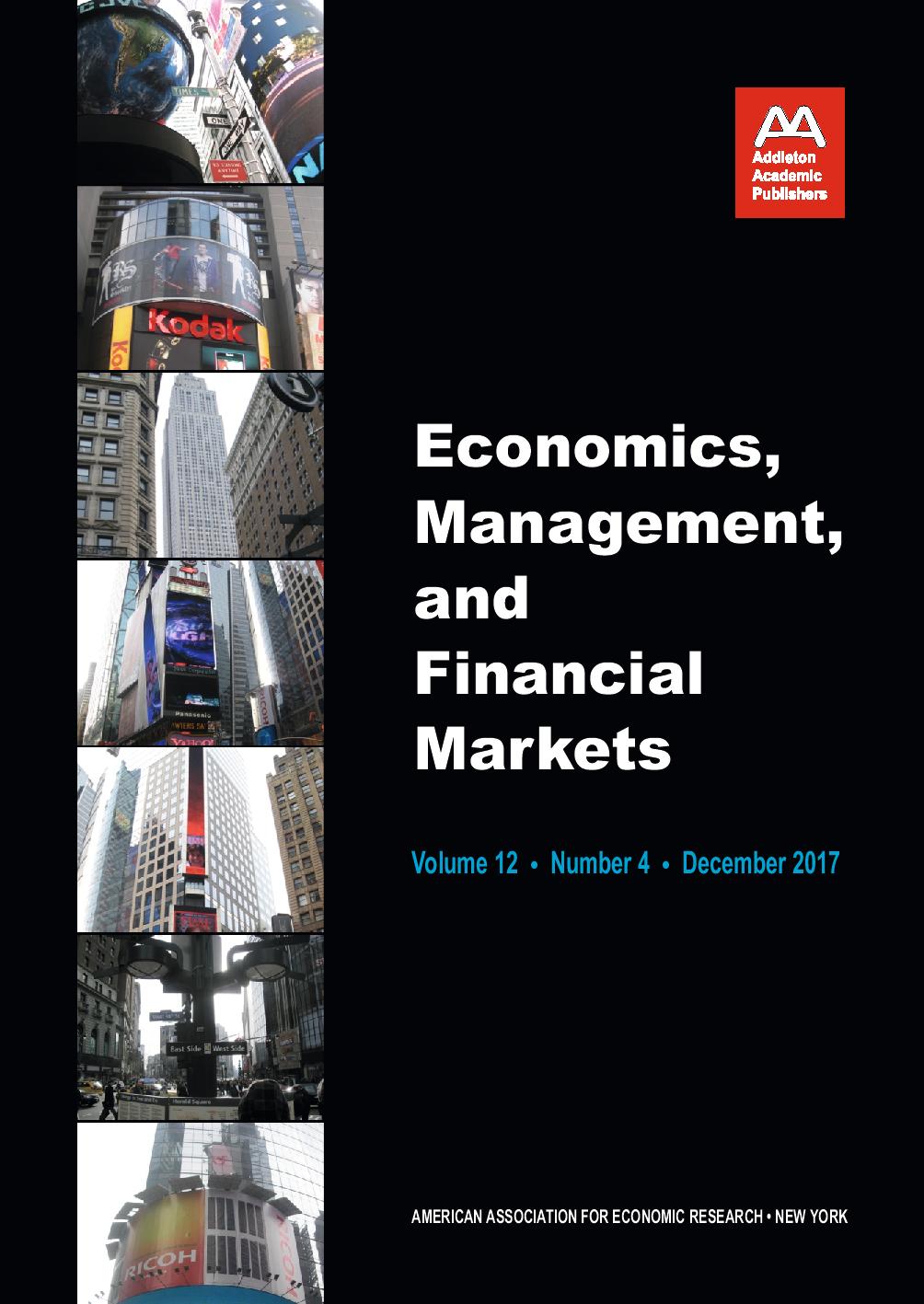THE IMF’S FINANCIAL PROGRAMMING, FINANCIALIZATION, AND STAGNANT CORPORATE INVESTMENT IN KOREA AFTER THE ASIAN FINANCIAL CRISIS
THE IMF’S FINANCIAL PROGRAMMING, FINANCIALIZATION, AND STAGNANT CORPORATE INVESTMENT IN KOREA AFTER THE ASIAN FINANCIAL CRISIS
Author(s): Hee-Young ShinSubject(s): Financial Markets
Published by: Addleton Academic Publishers
Keywords: the Asian financial crisis; the IMF; financial restructuring; financialization; circulating capital model; corporate portfolio management; nonfinancial corporate fixed investment;
Summary/Abstract: The goal of this paper is to analyze the impact of the IMF-led financial and corporate sector restructuring programs on nonfinancial corporate fixed investment in Korea since the Asian Financial Crisis in the late 1990s. In the aftermath of the financial crisis of 1997–98, the IMF and Korean government imposed a series of austerity-oriented financial and corporate restructuring programs, which has had serious consequences on investment and portfolio management patterns in the Korean corporate business sector. Relying on the recent financialization framework, the paper aims to examine to what extent this post-crisis financial and structural adjustment program affects the ability of the nonfinancial corporate business firms to increase their productive capacity. More specifically, the paper tests the hypothesis that nonfinancial corporate business firms’ increasing payments to financial markets and their excessive reliance on short-term portfolio management may have negative impacts on real fixed investment for both nonfinancial and manufacturing firms. Using both standard OLS and GMM econometric techniques based upon both macro (1976–2009) and firm-level micro data (1Q 2001–2Q 2011), the paper finds that there has been a statistically significant negative correlation between the measured financialization ratio and the nonfinancial corporate fixed investment. This observation raises a number of important policy questions and provides a new angle through which one can critically examine the IMF’s conventional austerity-oriented financial restructuring programs.
Journal: Economics, Management, and Financial Markets
- Issue Year: 12/2017
- Issue No: 4
- Page Range: 11-42
- Page Count: 32
- Language: English
- Content File-PDF

